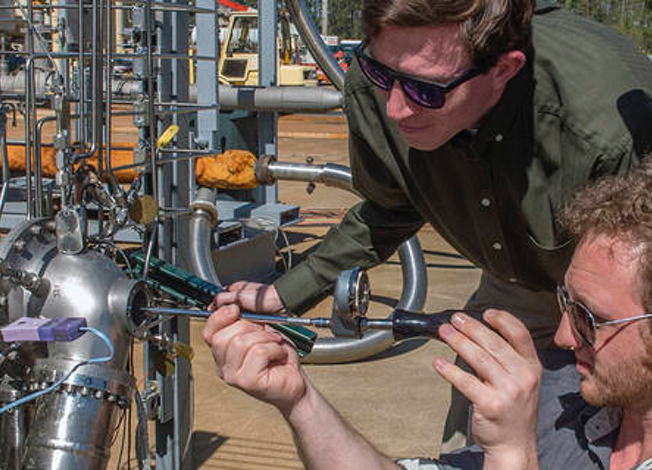NASA has recently tested a 3D printed rocket engine turbopump powered with liquid methane, a propellant that would work well for fuelling spacecrafts on their way to Mars.
It is one of the most complex rocket parts NASA has ever tested with this propellant. 3D printing allowed for quickly designing, building and testing two of these turbopumps with identical designs. Both worked well with liquid methane and liquid hydrogen propellant.
“Methane propulsion and additive manufacturing are key technologies for the future of exploration including NASA’s journey to Mars,” said Graham Nelson, a Marshall propulsion engineer who helped with the testing. “We’re excited to complete testing that advances both these technologies at the same time and improves the capabilities of future missions.”
The tests ensured that additive manufactured parts operate successfully under conditions that are similar to those in landers, ascent vehicles and other space vehicles.
“Additive manufacturing allowed us to build the turbopump with 45 percent fewer parts,” adds Nick Case, the Marshall propulsion engineer who led the testing. “This made it affordable to build two turbopumps, get them on the test stand quickly, and get results. Our next step will be to test the liquid methane turbopump with other 3-D printed engine components in a similar configuration to the liquid hydrogen tests completed last year.”
Subscribe to our Newsletter
3DPResso is a weekly newsletter that links to the most exciting global stories from the 3D printing and additive manufacturing industry.
























